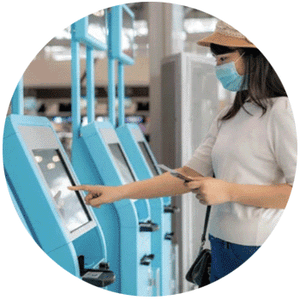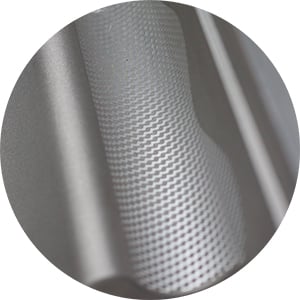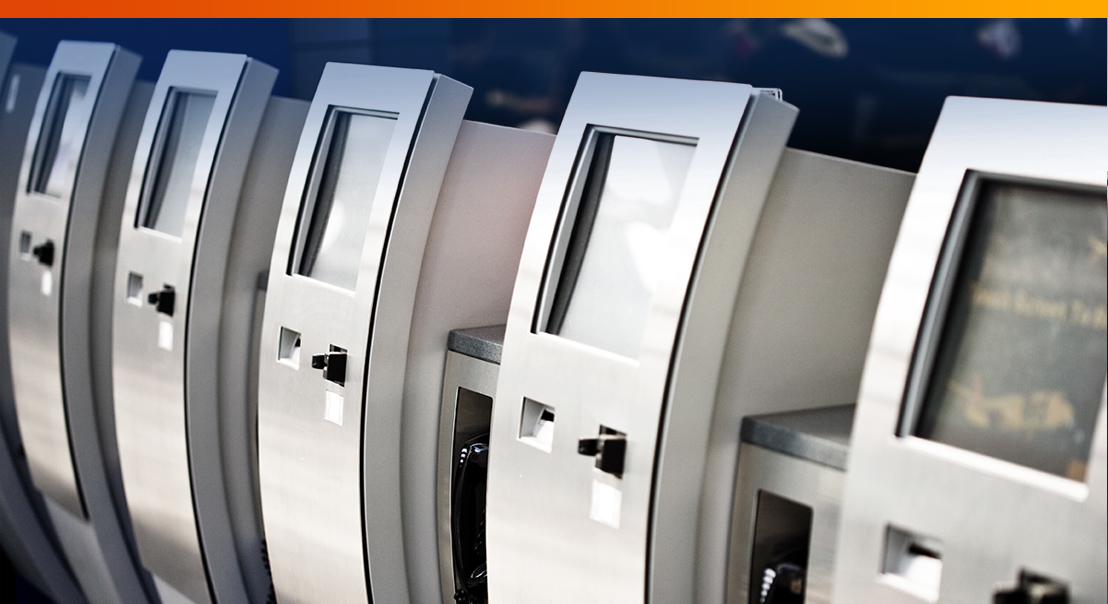In rail, medical, and aerospace applications, the aesthetics of each part requires a repeatable manufacturing process to ensure you get the desired quality and durability of the finished product. Front-end tool design and the manufacturing process play a significant role in ensuring the cosmetics of a high-end, molded part.
A negative mold allows you to manipulate the texture and finish of the material better than with a positive mold. If you accommodate these requirements early in the design of the process, you can ensure a repeatable, high-end finish for every part.
Improving the Repeatability and Aesthetics of Cosmetic Parts
 Elements that make a part aesthetically pleasing usually come down to tighter tolerances between panels, especially in rail and aerospace cabin designs. Similarly, medical devices may need compartmentalization of different sections and shielding that depends on tight seams between each part.
Elements that make a part aesthetically pleasing usually come down to tighter tolerances between panels, especially in rail and aerospace cabin designs. Similarly, medical devices may need compartmentalization of different sections and shielding that depends on tight seams between each part.
With negative molding, you can control the cosmetics and increase the repeatability for each part while using secondary machining for the attachment features. A 3D scan of the part allows you to dial in the CNC tooling to maintain the required tolerance stack-up and ensure a tight fit for the fastening features.

Manufacturing Process and Material Selection
Another consideration is the material selection and manufacturing process design. Polyethylenes and thermoplastic polyolefins (TPOs) don’t generally work well in high-spec applications. When designing your highly cosmetic parts, you’ll need to engage with a partner like Kenson Plastics early to select the right materials and optimize the manufacturing process.
By designing for manufacturability early, you can optimize the cost of the product and ensure you gain the required repeatable finish and fitment for each molded part.
Designing for Highly Cosmetic and Aesthetics Parts
 When you want to manufacture low-volume products that still have the same aesthetically pleasing finishes as in automotive interiors, injection molding won’t be cost-effective. Airplane and bus interiors are often very low-volume, making your choice of molding technique vital to the cost of the product.
When you want to manufacture low-volume products that still have the same aesthetically pleasing finishes as in automotive interiors, injection molding won’t be cost-effective. Airplane and bus interiors are often very low-volume, making your choice of molding technique vital to the cost of the product.
Thermoforming parts provide a comparable result to injection molding at a competitive price point. This approach allows you to design and produce high-quality finishes with overlaps for interiors, medical devices, and any high-end, low-volume products such as kiosks.
How Kenson Plastics Ensures High-Quality Cosmetic Parts
Kenson Plastics provides low-volume manufacturing solutions that achieve the same quality finish and fitment of cosmetic parts at low volume ranges. We use creative design approaches to maintain the tolerance stack-up between parts for improved repeatability during the manufacturing process.
If you work with Kenson, you won’t have to compromise the finished look of a product by using fiberglass or other industrial materials that lower the customer experience. Thermoforming your parts with the suitable material will ensure your panels have a similar aesthetic appeal as an automotive interior or the high-quality cabins of today’s trains, planes, or buses. Kenson Plastics can help you maintain the required repeatability and finish quality of high-end plastic-formed products.
To find out more, reach out to Kenson today.




 Elements that make a part aesthetically pleasing usually come down to tighter tolerances between panels, especially in rail and aerospace cabin designs. Similarly, medical devices may need compartmentalization of different sections and shielding that depends on tight seams between each part.
Elements that make a part aesthetically pleasing usually come down to tighter tolerances between panels, especially in rail and aerospace cabin designs. Similarly, medical devices may need compartmentalization of different sections and shielding that depends on tight seams between each part.
 When you want to manufacture low-volume products that still have the same aesthetically pleasing finishes as in automotive interiors, injection molding won’t be cost-effective. Airplane and bus interiors are often very low-volume, making your choice of molding technique vital to the cost of the product.
When you want to manufacture low-volume products that still have the same aesthetically pleasing finishes as in automotive interiors, injection molding won’t be cost-effective. Airplane and bus interiors are often very low-volume, making your choice of molding technique vital to the cost of the product.